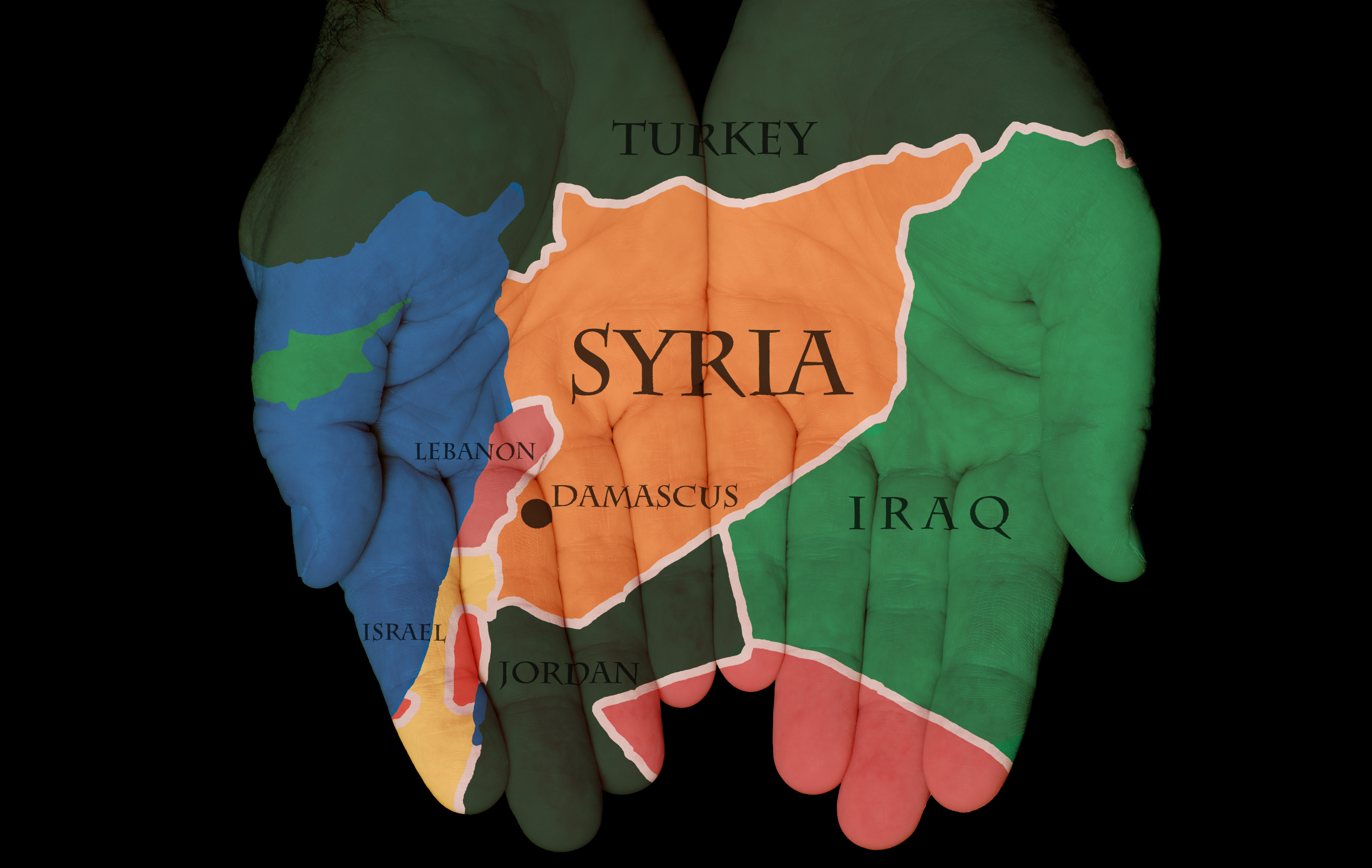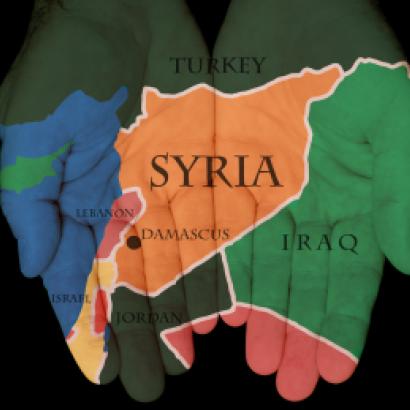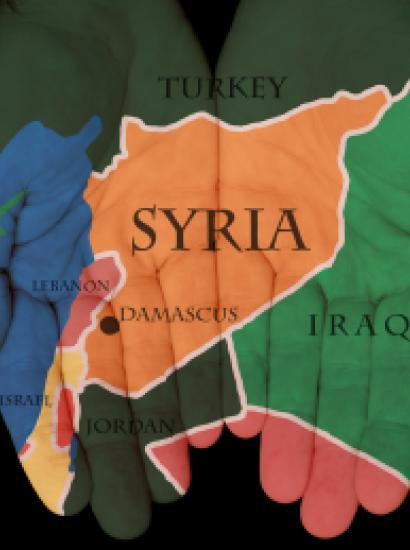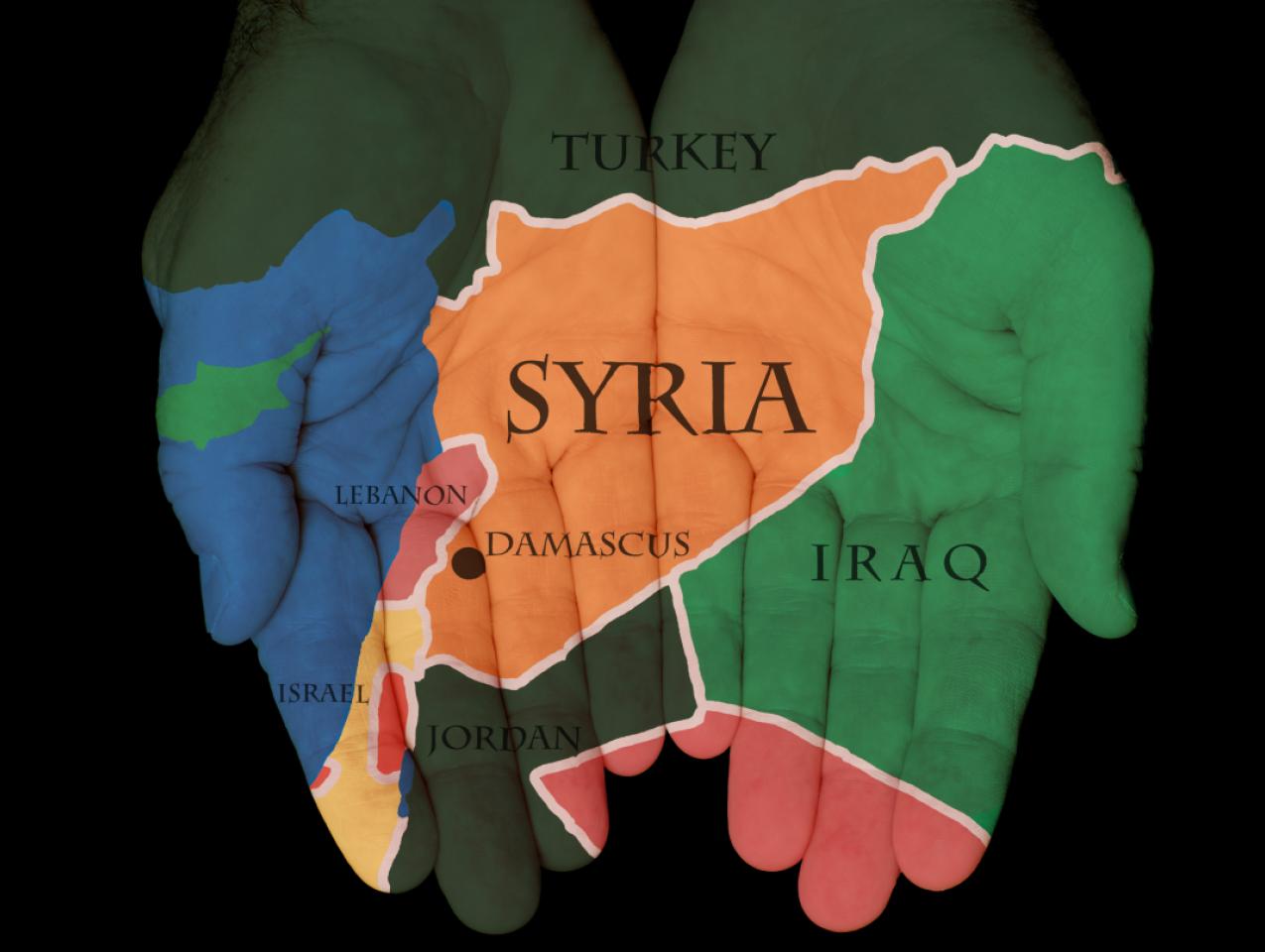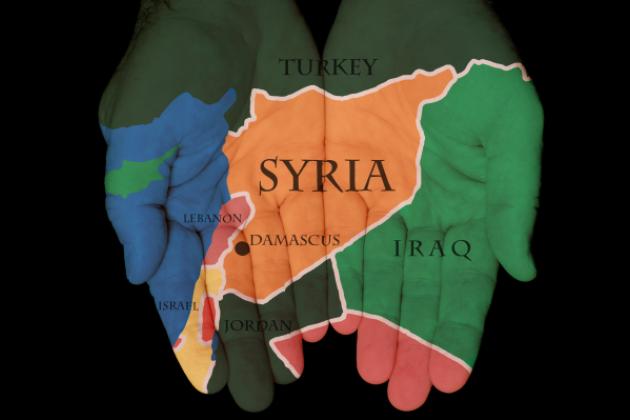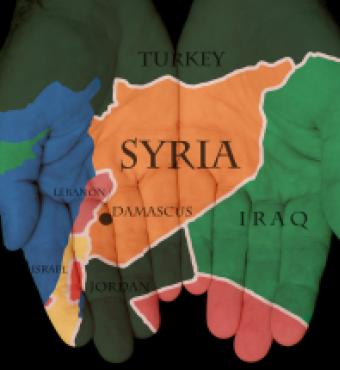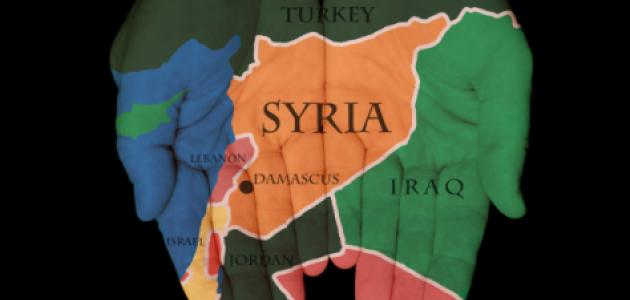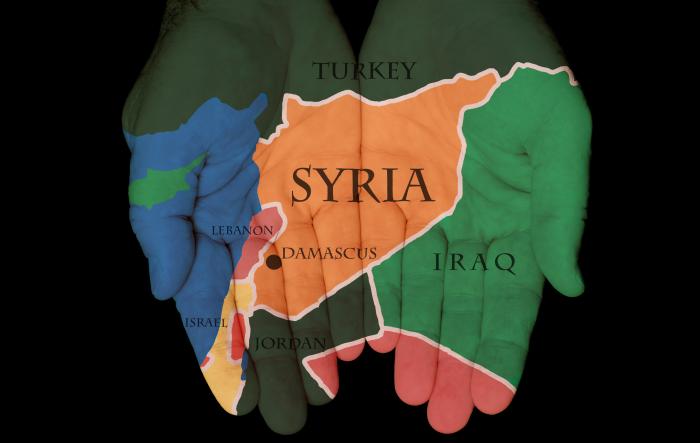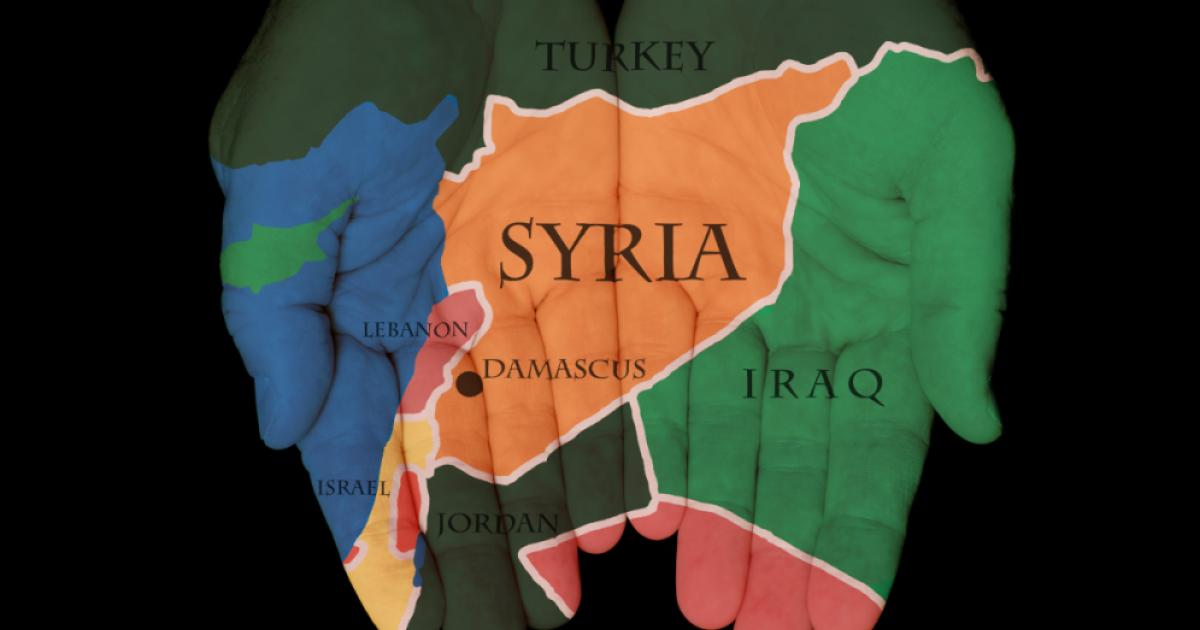- International Affairs
- Key Countries / Regions
- Middle East
The Syrian crisis, which since 2011 has been the focal issue in the Middle East, has now entered a new phase, confronting the United States with fresh challenges. From the early stages of its evolution, the Syrian crisis has unfolded on three levels: domestic, regional and international. The Assad regime's success in capturing Aleppo in late 2016 marked a turning point in the war's domestic dimension. With massive Russian and Iranian help the regime has been consistently striving to recapture more and more of the national territory. It now controls about 50 percent and, if unchecked, will gradually increase that percentage. The declining importance of the domestic conflict has diminished the significance of two aspects of the crisis in earlier years: the huge number of civilian casualties and the movement of refugees into neighboring countries and to Europe. The emphasis has shifted to the regional and the international dimensions: Iran's quest to deepen its military presence and political and economic influence, Iranian-Israeli tensions in southern Syria, and Turkey's capture of Syrian territory in the north and its military offensive against local Kurdish forces. Putin's Russia seeks with considerable success to play the role of "the broker" in the Syrian crisis while the US is grappling with the need to put together and implement a strategy that will serve its own interests and those of its Middle Eastern allies.
In her memoirs, former Secretary of State Hillary Clinton defined the Syrian crisis as a "wicked problem" by which she meant that the US was hard put to find attractive policy options. Indeed, Syria will likely be one of the most negative aspects of the Obama Administration's foreign policy legacy. It is moot to speculate on the hypothetical consequences of a more assertive US policy in Syria in 2011/2012, but there is no denying the fact that Obama's failure to respect his own red lines in 2013 created a vacuum that Vladimir Putin used well. Russia's military intervention in the Syrian crisis in 2015 tilted the balance in the civil war and resulted in the regime's survival and in placing Moscow in its current position with regard to the Syrian crisis as well as larger Middle Eastern issues.
When the Trump Administration came in, it seemed for a brief period that the US was about to change course in Syria. During his visit to Saudi Arabia and on other occasions, the president articulated the priority he attached to checking Iran's ambitions and expansion in the Middle East. Syria was the natural arena for checking Iran. Trump's decision to attack a Syrian air base after yet another use by the regime of chemical weapons against civilian population, the downing of a Syrian fighter jet and a pro-Iranian drone in eastern Syria were seen at the time as potentially marking such a change. The Trump Administration inherited from its predecessor a well-managed campaign against ISIS and an effective partnership with the Kurdish militia in north-eastern Syria. The anti ISIS campaign was crowned by the capture of Raqqa, the capital of the organization's virtual state in eastern Syria. The next question was whether the Administration would continue this drive by seeking to ensure direct or indirect control of eastern Syria or whether it would relinquish it to the Assad regime and its Iranian patrons. For Iran, control of/or hegemony in eastern Syria was and is a crucial element of its campaign to build a land bridge to the Mediterranean via Iraq, Syria and Lebanon. In the event, it turned out that the Trump Administration decided not to invest the massive effort required for denying Iran's ambitions. But the administration decided to keep 2000 US special troops in north and northeastern Syria in order to support and demonstrate its support for its Kurdish allies.
In mid-January, Secretary of State Rex Tillerson delivered a major speech articulating US strategy in Syria. In the Secretary's own words:
As we survey Syria today we see the big picture situation characterized by three factors:
1) ISIS is substantially, but not completely defeated.
2) Assad controls about 50 percent of Syria.
3) Continued strategic threats to the US other than ISIS persist (I am referring principally to Iran).
The US's five key “end states” for Syria:
- ISIS and al-Qaeda suffer an enduring defeat.
- The underlying conflict is resolved through a UN led process (stable, unified independent Syrian state under post-Assad leadership).
- Iran influence is diminished.
- Refugees return.
- Syria is free from WMD.
The Secretary of State stated that "the Trump Administration is implementing a new strategy to achieve this end state. This process largely entails increased diplomatic action … but let's be clear: the United States will also maintain military presence in Syria." Unfortunately, only the first “end state” objective is potentially achievable. The other four are unrealistic, and are unlikely to be achieved under current circumstances.
The US faces a number of major challenges in Syria: Russia's position as the arbiter of the Syrian crisis resonates in the Middle East and is seen as a major success in Putin's ambition to restore Russia's position as a major actor in the Middle East. Iran continues to embed itself in Syria, and its military buildup puts Teheran and Jerusalem on a collision course. Iran's decision to send a drone from Syria into Israeli territory was an unprecedented provocation. Israel's massive response was yet another indication that the danger of another war on Israel's northern frontiers is real and that war could engulf Syria and Lebanon. US support of the Syrian Kurds is seen by its ally, Turkey, as a dangerous provocation and has driven a further wedge into an already problematic relationship. Washington's Sunni allies in the Gulf, headed by Saudi Arabia, are worried by its failure to match its anti-Iranian rhetoric with effective action.
In order to cope with these challenges, an effective American strategy needs to assume that a neat solution to the Syrian crisis is not feasible in the foreseeable future and that the Syrian arena will continue to be the focal point of several regional and international conflicts. In order to have an effective say in the ongoing conflict over Syria's future it is indeed important to keep a US military presence on the ground. The Kurdish area occupies about 15 percent of Syria's territory, but it is on the country's periphery. The US should invest in a massive diplomatic effort and display ingenuity in order to persuade Turkey to accept its ongoing relationship with the Kurds. Another effort must be invested in Syria's southern territory in order to prevent an Israeli-Iranian collision. The original agreement on areas of "de-confliction" should be used and improved in order to push Iran further away from Israel’s Golan Heights. It is obviously very difficult for the Trump Administration to deal effectively with Russia's position in Syria as long as the shadow of investigation threatens the president. But at some point, the US will have to find a way of dealing with Russia with regard to Syria and to put together a strategy that will exploit the existing cracks in its partnership with Iran. At present, Russia and Iran are strategic allies in Syria, but their long term interests are not identical and a larger American-Russian understanding could turn Russia into an effective partner in achieving at least some of Washington's aims in Syria.







